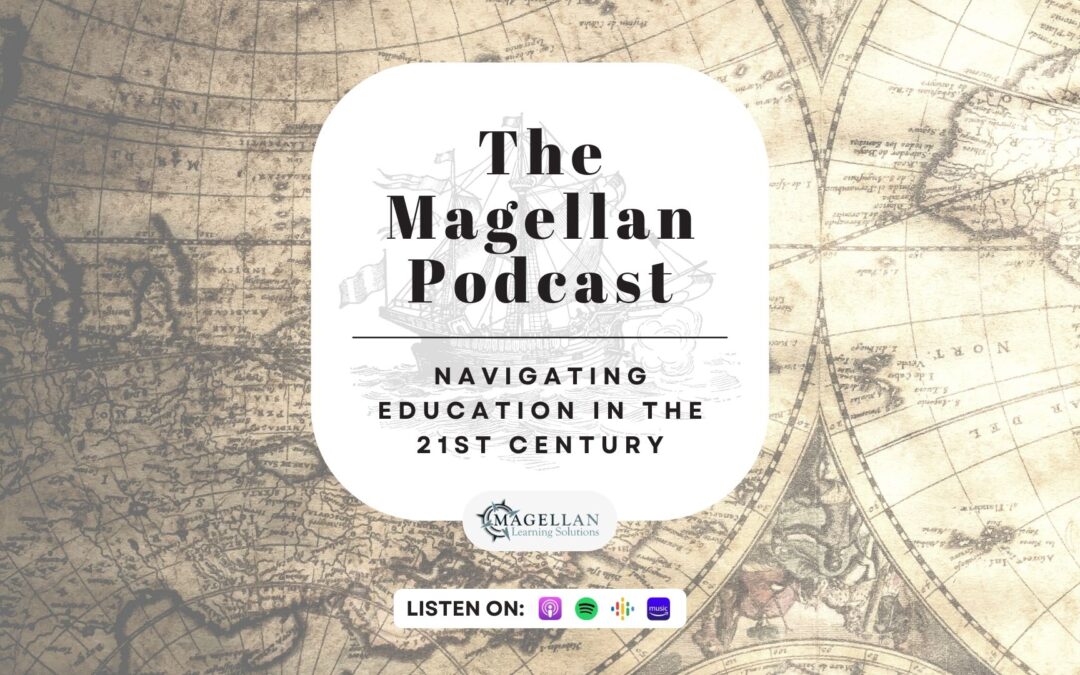No one likes to refer to higher education as a machine or a factory, though it is true that many major players in the higher ed sphere have a great number of machine-like processes in place. These help them to recruit and enroll students, identify students who may not retain, and increase efficiency in many areas of campus operations. What does it mean when a university embraces its machine-like qualities? Join us for a discussion.
This is part 3 of a 5-part series on “How to Talk About Higher Education.” Part 1 & 2 covered Higher Ed as an “ecosystem” and “culture.” In further episodes, we will discuss Higher Education as a an institution and a marketplace.
Listen on Apple Podcasts: https://apple.co/49hobRs
Listen on Spotify: https://spoti.fi/48T6SGQ
- Read the White Paper on this topic by Dr. Emily W. Heady, ”Talking about Leadership: How the Words We Use Shape Our Workplace.”
- Listen to our podcast on Online Learning Ecosystems
- Listen to Part 1: How to Talk About Higher Education
- Listen to Part 2: Higher Education as a Culture
Podcast Topics, Questions, and Show Notes:
1. What are some of the machine-like elements of higher education?
- Financial aid, IT, assessment, etc.
2. What are some of the gains and losses that a campus that embraces its mechanisms will face?
- Gains: efficiency, process, reliability, revenue
- Losses: potential for personal alienation, lack of nimbleness/responsiveness, tendency to maintain rather than envision.
3. What are the implications for leaders in higher ed machines?
- Make a space for vision/leadership—not just for management—and also evaluate the effects of the machinery on those working in the “Factory.”
- There needs to be a lot of reflection on goals, priorities, core values, etc., and not just as measurable outcomes.
If you or your school is looking for help with RSI, curriculum or course development, operational services, training, or professional development, think Magellan; our team would love to help. Reach out to us at thinkmagellan.com. Thank you for joining us on the Magellan Podcast: Navigating Education in the 21st Century.
Recommended Articles and Books on this Topic:
Senge, P. (1990). The fifth discipline: The art and practice of the learning organization. Doubleday.
Bowles, K. (2022, March 28). A pocket primer: Types of higher education institutions. Inside Higher Ed. https://www.insidehighered.com/blogs/just-explain-it-me/pocket-primer-types-higher-education-institutions Petriglieri, G. (2023, April 24). Driving organizational change—Without abandoning tradition. Harvard Business Review. https://hbr.org/2023/04/driving-organizational-change-without-abandoning-tradition?utm_campaign=hbr&utm_medium=social&utm_source=twitter
Rosowsky, D. & Hallman, K. (2020, May 25). Communicating culture in a distributed world. Inside Higher Ed. https://www.insidehighered.com/views/2020/05/26/importance-culture-binding-higher-ed-institution-together-during-crises-pandemic
Rutter, M. & Mintz, S. (2019, January 17). Creating a more collaborative higher education ecosystem. Inside Higher Ed. https://www.insidehighered.com/blogs/higher-ed-gamma/creating-more-collaborative-higher-education-ecosystem
Schein, E., & Schein, P. (2016). Organization culture and leadership. 5th Ed. Wiley.

